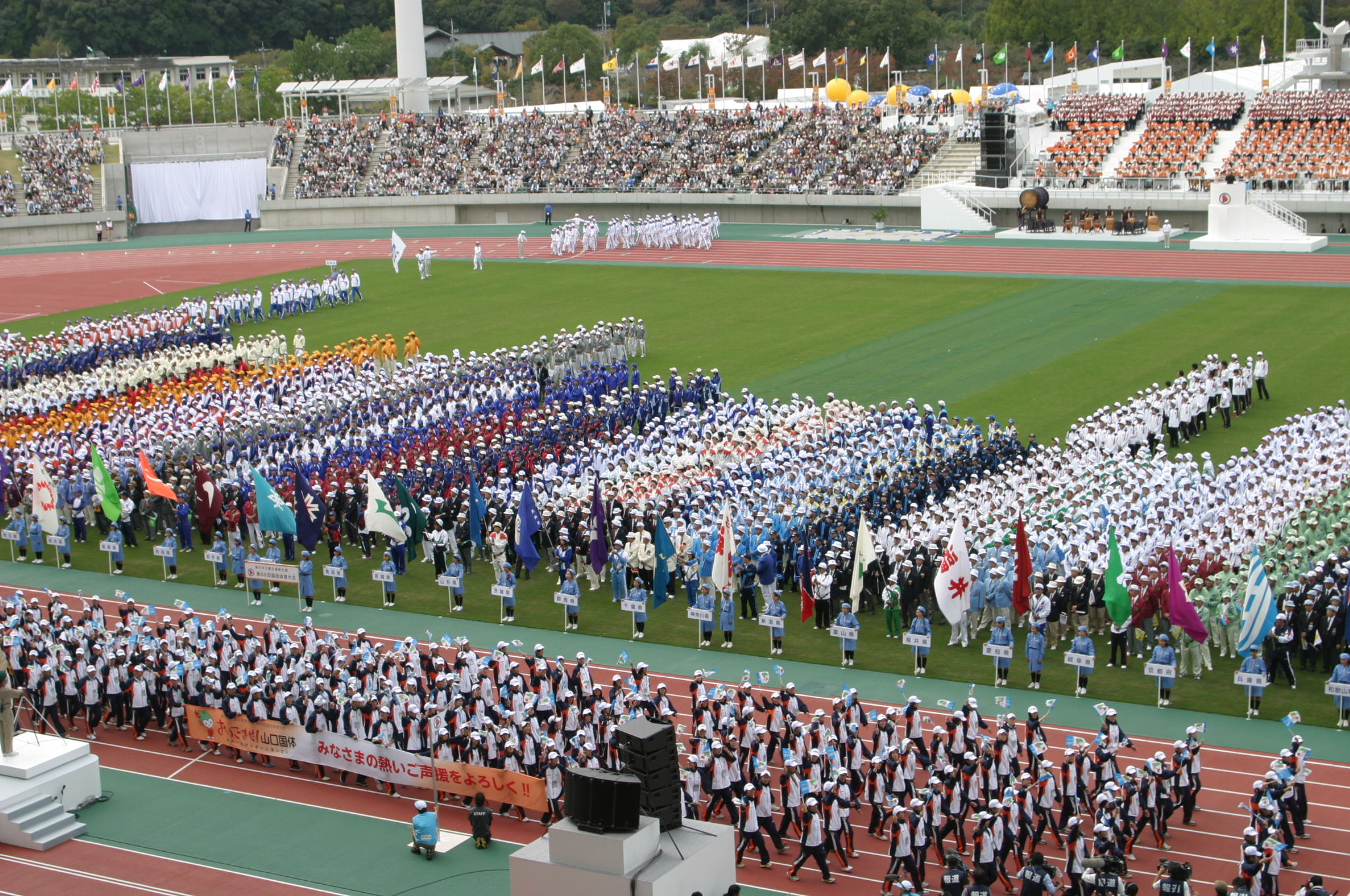Japanese Common Business Practice: "Nemawashi"
CONTENTS
By P. Pringle
A CEO’s Complaint
A couple of years ago, I met the promising new American CEO of a Japan-related company. He is a talented, fast-track executive who is successful in the industry. When I met him, he was very frustrated. He complained about all this “noise” coming from Japan. He said that various people from different parts of the company were contacting him with requests for information, and talking in general terms about the state of the market and new technologies. What was the point of it? He felt they were wasting his time. Each time it happened, he decided to wait “until the noise died down and the Japanese got their act together” before he gave it his full attention. He was always unhappy with their formal presentation. Each time, he crafted a fine presentation showing where the Japanese had gone wrong and what information they had failed to take into consideration. He thought that this would be the beginning of the discussion. In fact the discussion was pretty much over. After trying several times to get through to the “decision-makers” in Japan, he gave up. He complained to his American staff, “The Japanese never listen to us.”

The CEO was not aware that nemawashi—Japanese-style consensus-building and decision-making —was happening all around him. What he thought was a disorganized waste of time was really an opportunity to have his opinions heard. The random inquiries were the Japan side’s way of asking him to bring his ideas to the process was to produce the decisions that would be implemented by him and his team. By waiting until “the Japanese got their act together,” to give his input, he set himself up to have his opinions ignored.
The CEO had actually read up on consensus-building in Japanese business, but unfortunately he did not see himself in the picture. He felt that he had been hired because of his ability to “cut through the nonsense and get on with it.” He was very good at formulating bullet-proof “arguments” and debating them, but this skill did not work well with the Japanese, who just would not debate with him.
Nemawashi is essential to getting ideas put forward in Japanese organizations. Rather than making decisions by gathering decision-makers in meetings to discuss topics openly as is the norm in American companies, the Japanese prefer to gather a consensus through information-gathering and opinion-seeking achieved through multiple one-on-one discussions.
What Is Nemawashi?
The word nemawashi comes from Japanese gardening. Nemawashi is literally “going around the roots.” It is a perfect metaphor for the organic and holistic process preferred by the Japanese. Care must be taken when transplanting a plant from one location to another. If you just yank up the plant, and stick it in a hole somewhere else, it will go into shock and die. For transplantation to be successful, the ground must be prepared by cultivating, watering and fertilizing. Then the plant must be prepared for the move. Instead of pulling the plant out of the ground all at once, the roots are bound up into a ball over a period of several days. When the plant is prepared and the new location is prepared, the plant is more likely to thrive.

Thoroughness, care, and avoidance of conflict characterize nemawashi within an organization. The Japanese prefer to proceed carefully in order to make the right idea stick. They do extensive information-gathering in many parts of the organization, and they try to consult with the parties that will be involved with the implementation of any idea. Those parties are the roots of the plant. If the plant is pulled up before all of the roots are bound up, it will cause problems down the road. So also are parties that are not consulted. The Japanese feel that open conflict during the nemawashi period will hinder the implementation of the idea, so they prefer informal, behind-the-scenes consensus-building.
Americans are comfortable with debating ideas openly, even if it invites conflict. We like to see decisions made “open and above board.” We are suspicious of “deals put together in back rooms,” although that is where deals are often made, even in the US. Japanese, however, prefer private, more informal opportunities for persuasion, such as dropping by for a chat. One reason why the CEO did not recognize that decision-making was going on was because it was so low-key. Inquiries for information were often vague. The Japanese did not seem to have a solid opinion that could be debated. Inquiries and weigh-ins seemed to come from all directions in the company. Also, many times the Japanese were not able to tell the CEO the end purpose of the investigations. That is why the CEO concluded that this was “a lot of noise” and that “the Japanese did not have their act together.”
How Do We Know Nemawashi Is Going on?

Many American clients have described the nemawashi period in a Japanese company as a “black hole.” They sense something is happening, but no one is giving clear information. It is important to keep your eyes and ears open, and show an interest in the topics that are floating around. You might say, “I notice that you are interested in what I know about XYZ, could it be related to ABC?” Or, “I see that a number of engineers from XYZ Division are visiting the office more often these days. Could it be that the company is thinking of ABC?” Keep tabs on the company’s website. Make sure you keep in close contact with your Japanese counterparts, especially those who seem to be in the loop.
How to Weigh in
When you are asked for your opinion of an idea, remember the Japanese are allergic to conflict. Proceed with tact. Instead of saying, “That’s a bad idea. You didn’t take XYZ into account,” try “That’s an interesting idea. Have you also considered XYZ?” Instead of “Design would never go for it,” try “Have you talked to Design about it?” Your ideas and opinions are more likely to be heard if you “speak their language.”
When Is Nemawashi over?
Once a decision is announced formally at a meeting, nemawashi is over. Everyone is expected to fall in line and start implementation. Even talented American CEOs. The time for questioning the merits and demerits is over. Therefore it is vital to pick up the nemawashi signals and weigh in before it is too late. Do not be burning the midnight oil trying to overturn a Japanese consensus.
Failure to recognize nemawashi is the cause of much frustration among American executives at Japanese companies. Today, we learned the signs nemawashi is taking place, and how to weigh in. Next time, we will learn how to use nemawashi to get our own ideas heard.


